Raised Bed Material
mgeca
17 years ago
Related Stories

GARDENING GUIDES8 Materials for Raised Garden Beds
Get the dirt on classic and new options for raised vegetable and plant beds, to get the most from your year-round garden
Full Story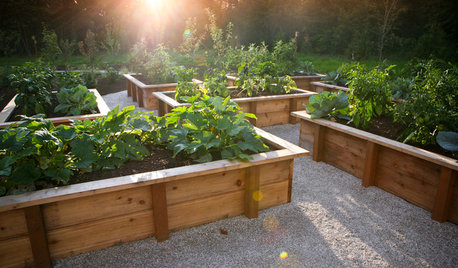
GARDENING AND LANDSCAPINGRaised Beds Lift Any Garden
From good old-fashioned wood garden boxes to modern metal troughs, raised beds can make any landscape space look great
Full Story
GARDENING AND LANDSCAPINGBuild a Raised Bed to Elevate Your Garden
A bounty of homegrown vegetables is easier than you think with a DIY raised garden bed to house just the right mix of soils
Full Story
FARM YOUR YARDHow to Build a Raised Bed for Your Veggies and Plants
Whether you’re farming your parking strip or beautifying your backyard, a planting box you make yourself can come in mighty handy
Full Story
SPRING GARDENINGInspiring Raised Beds for Fall and Spring Planting
Make Your Next Vegetable Garden Even Better with Beautiful Boxes and Paths
Full Story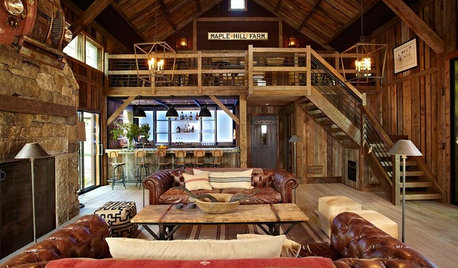
BARN HOMES12 Bar-Raising Barns
Homeowners make hay out of renovated, reclaimed and newly raised outbuildings
Full Story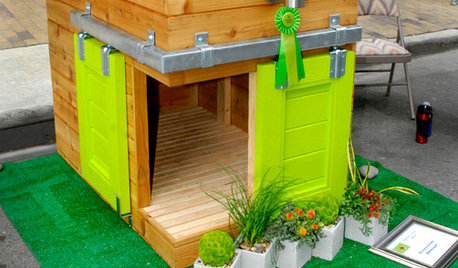
PETSRaise the Woof: Doghouses Delight at Barkitecture 2012
Designs at an annual Austin fundraiser are whimsical, practical and downright luxurious — no bones about it
Full Story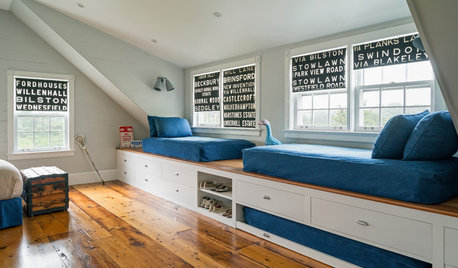
WINDOW TREATMENTSRoller Shades Raise the Curtain on Style
The humble window treatment is stealing the scene with fresh patterns, color and pizzazz
Full Story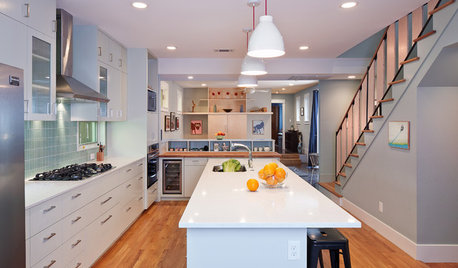
HOUZZ TOURSHouzz Tour: A Radical Reconstruction Raises an Austin Home
With a new second floor and some room swapping downstairs, this 1935 Texas bungalow now fits an architect and his family beautifully
Full Story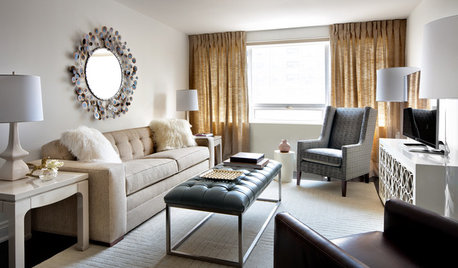
FURNITURE9 Ways a Bench Can Raise Your Decorating Game
Use this versatile piece anywhere in your home for instant decorating gratification
Full Story






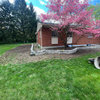

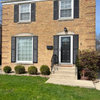
gardengal48 (PNW Z8/9)
Saypoint zone 6 CT
Related Professionals
Harrison Landscape Architects & Landscape Designers · Montgomeryville Landscape Architects & Landscape Designers · Bethlehem Landscape Contractors · Goodlettsville Landscape Contractors · Red Oak Landscape Contractors · Richmond Landscape Contractors · Rockville Landscape Contractors · Silver Firs Landscape Contractors · Foothill Farms Decks, Patios & Outdoor Enclosures · Jackson Decks, Patios & Outdoor Enclosures · Miami Decks, Patios & Outdoor Enclosures · Norman Decks, Patios & Outdoor Enclosures · Southampton Decks, Patios & Outdoor Enclosures · West Hills Decks, Patios & Outdoor Enclosures · Shady Hills Swimming Pool Buildersmad_gallica (z5 Eastern NY)
irene_dsc
gardengal48 (PNW Z8/9)
bindersbee
pls8xx
view_west
irene_dsc
haringfan
mgecaOriginal Author
harleysilo
pls8xx
mgecaOriginal Author
irene_dsc
katefisher
mgecaOriginal Author
katefisher
mgecaOriginal Author
pollyalida
rico567
mgecaOriginal Author
rico567
land_in_berg
rojeknox_aol_com
smwtlr6
Dawn Stiehl